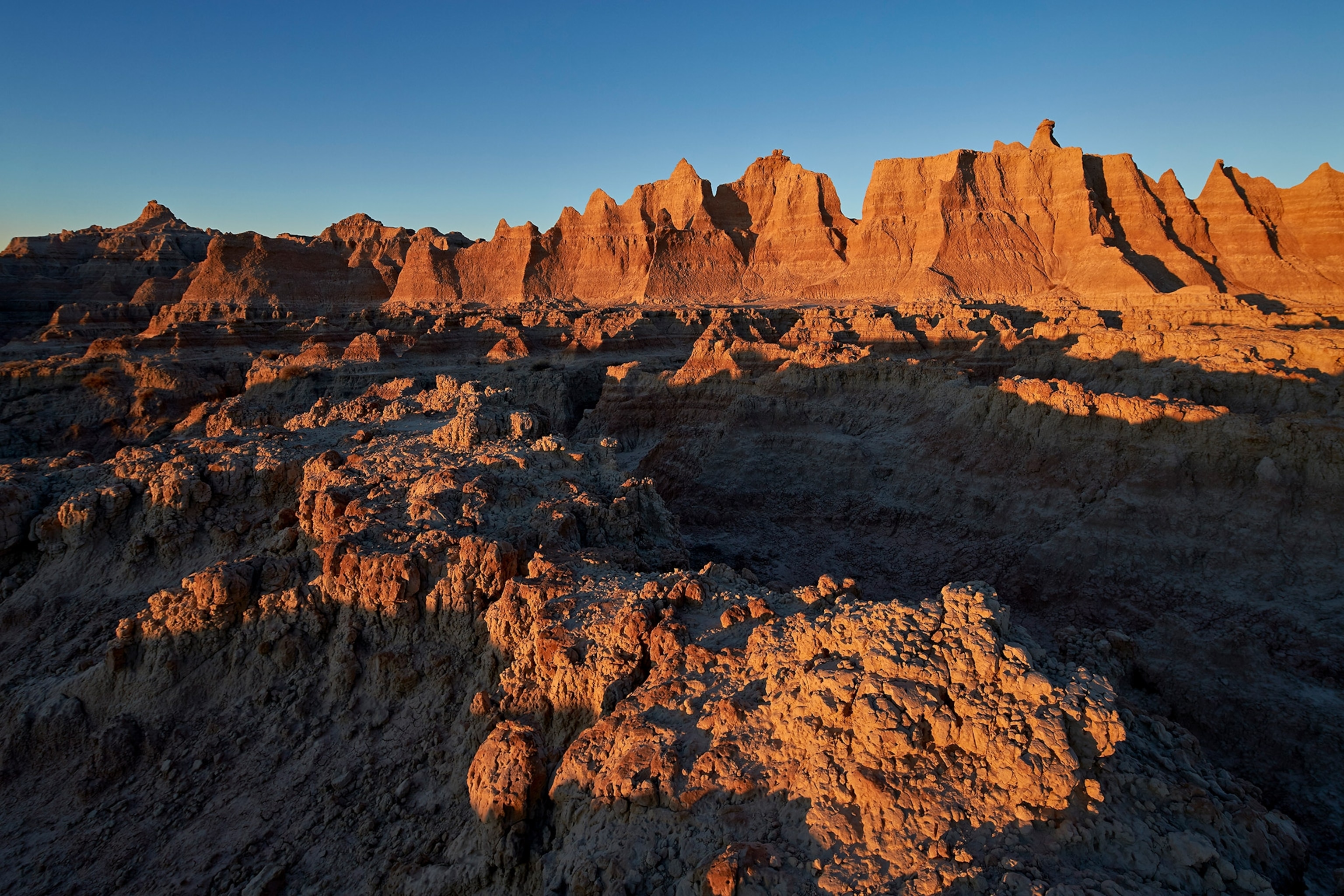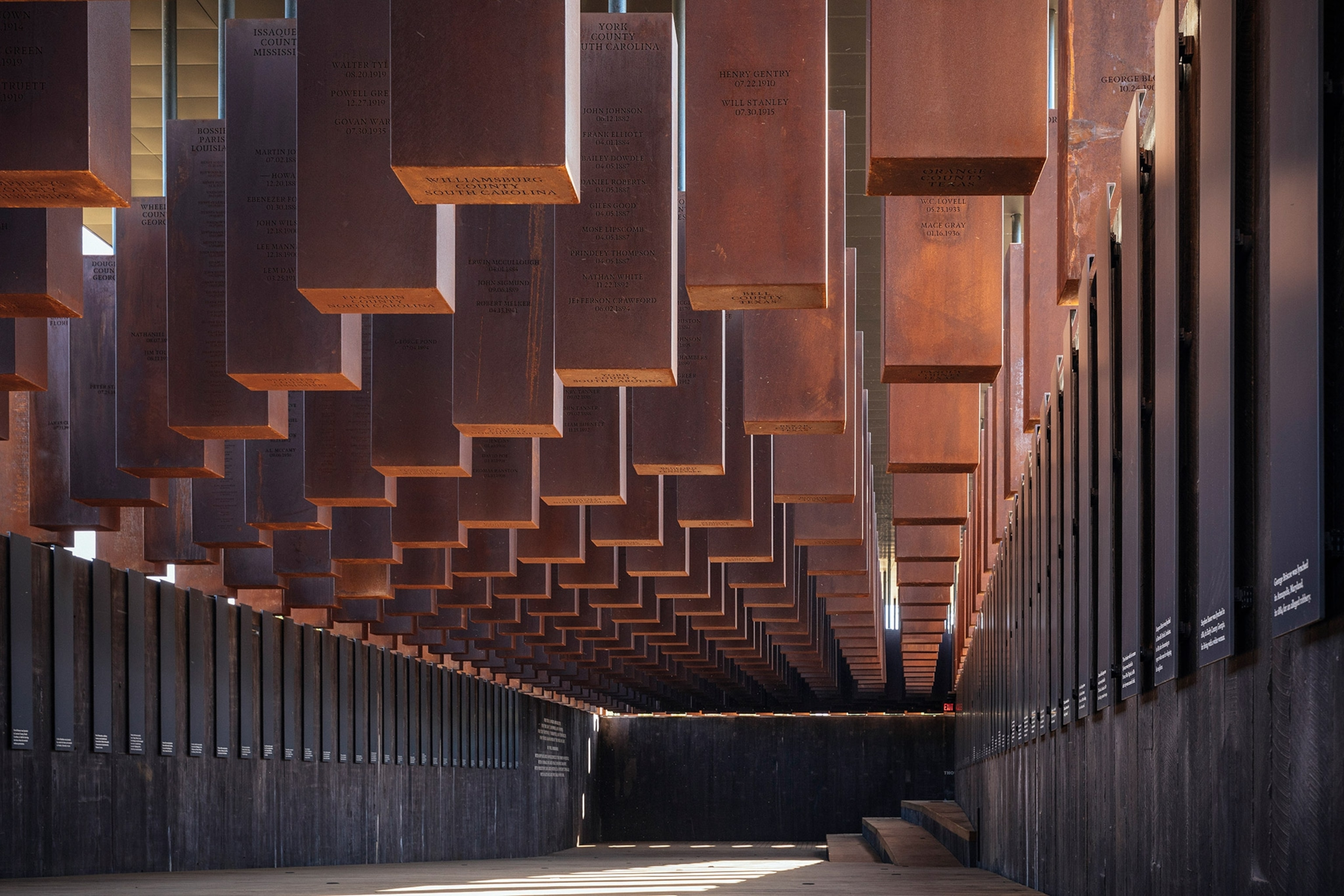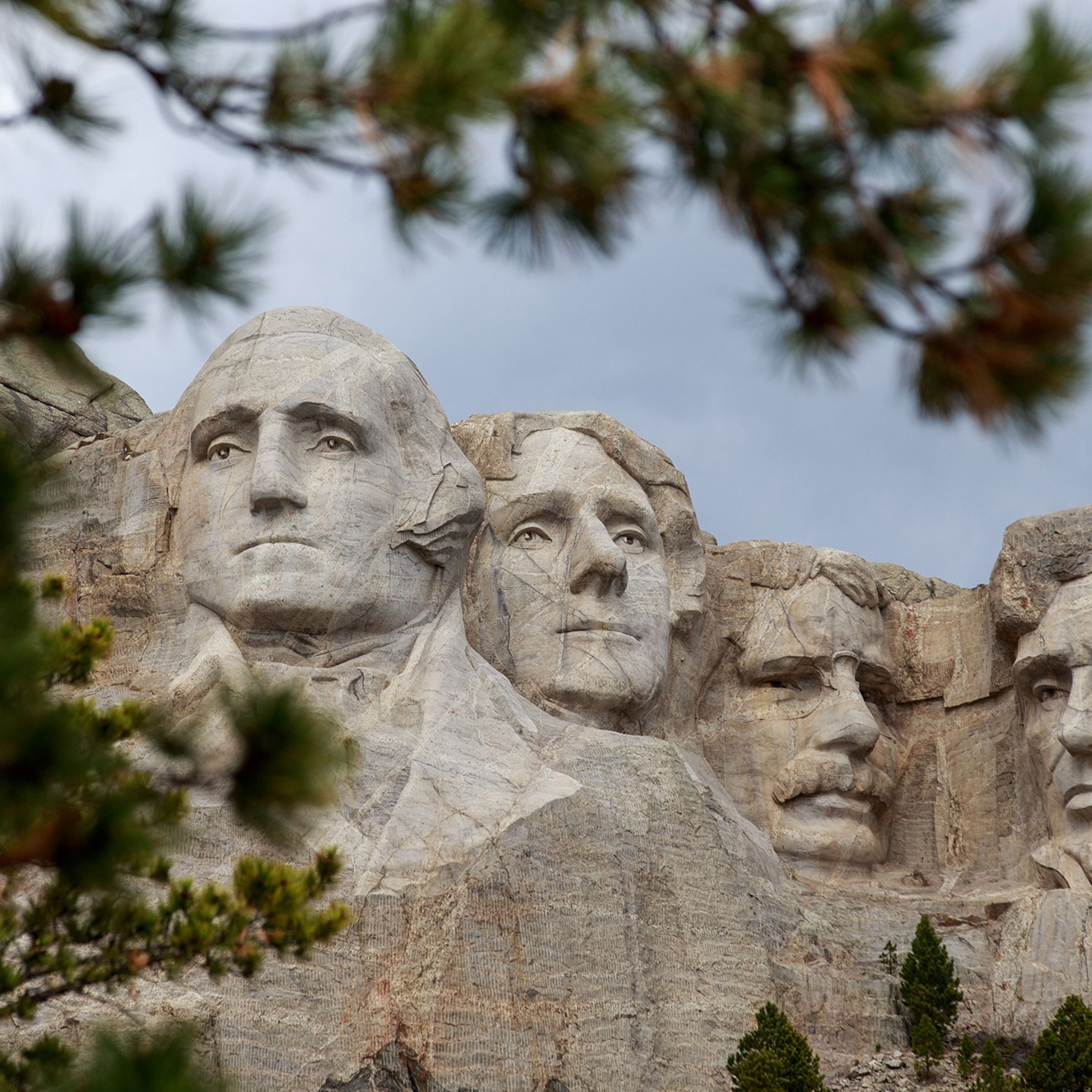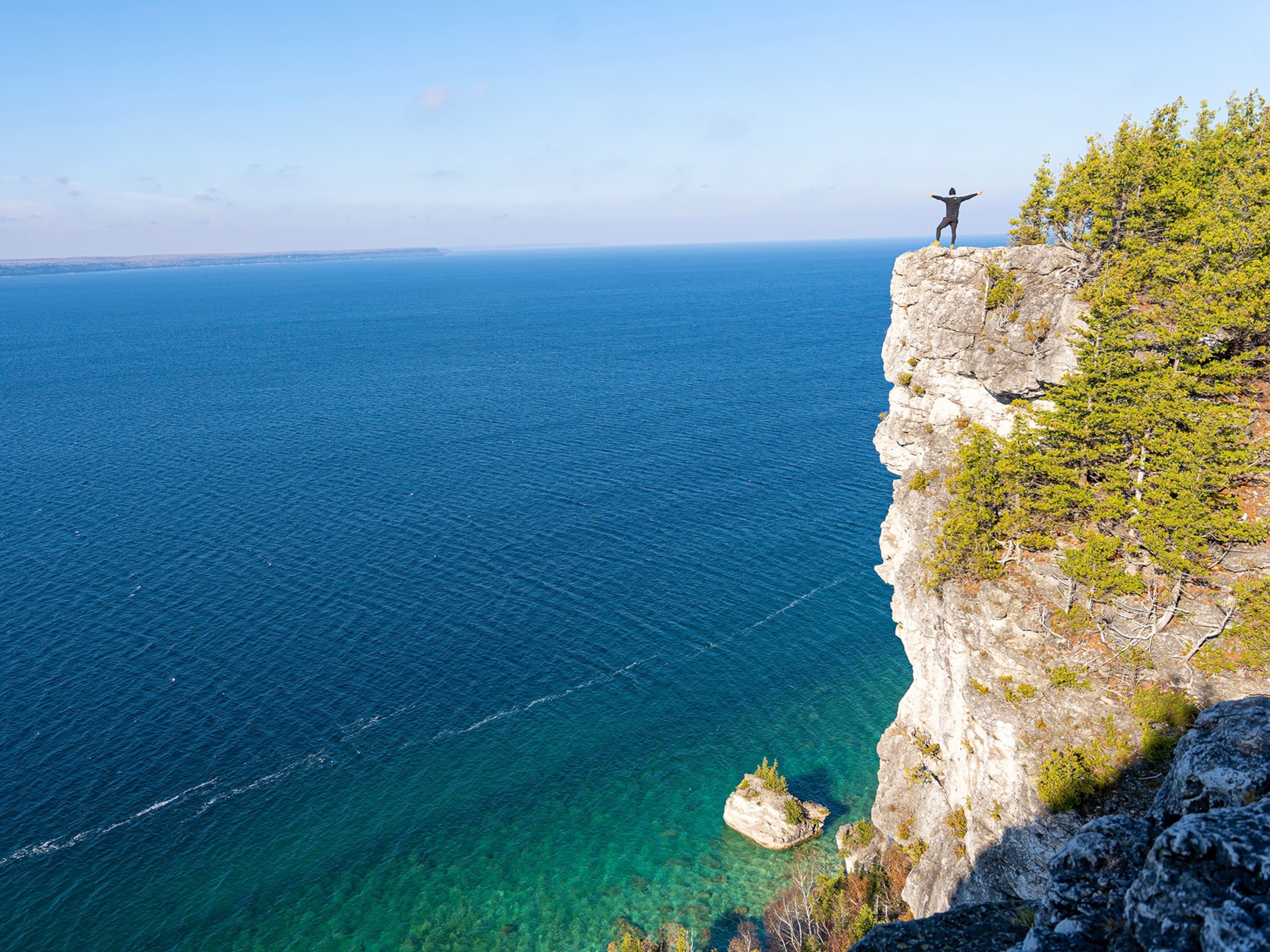
As statues get torn down, which monuments should we visit?
No monument is perfect, but historians say these six U.S. memorials rise above all others.
Monuments are under scrutiny throughout the United States.
Dozens of contentious statues—including those depicting Christopher Columbus, founding fathers such as Thomas Jefferson and George Washington, and Confederate soldiers—have been removed by local governments or torn down by protesters since George Floyd’s death in May sparked a national reckoning on race.
Although calls for change were sounded long before this moment, the current movement has led to honest conversations about how the history of colonialization, slavery, and white supremacy is taught and viewed, especially through statues and memorials.
(Related: As monuments fall, how does the world reckon with a racist past?)
Despite the controversy and the ongoing pandemic, many travelers are still making monuments part of their travel plans. According to a June 2020 survey conducted by tourism consultancy Longwoods International, 34 percent of Americans indicated they planned to visit either a monument or state or national park this summer.
Paul Farber, co-founder of Philadelphia’s Monument Lab, which pushes for more inclusive histories and engagement of public space, says we have a responsibility to, if not take statues down, at least offer fuller narratives that better reflect accurate history.
“What we’re seeing now is a reminder that monuments don’t just serve the project of remembrance, they reinforce power and possibility in the present,” says Farber. “No monument is permanent in and of itself; it requires maintenance and mindsets to keep it up.”
While travelers can’t change the past, they can alter how they view and talk about history, and be part of the conversation of who should get placed on the pedestals.
Here are six memorials recommended by historians that are well worth visiting.
Tower of Reconciliation, Tulsa, Oklahoma
Why it matters: In 2003, the state of Oklahoma commissioned Ed Dwight, American sculptor and first African-American astronaut trainee, to honor the more than 300 Black people killed in the 1921 Tulsa Race Massacre. The 27-foot-tall Tower of Reconciliation sits within the city’s John Hope Franklin Reconciliation Park and depicts scenes of Black Oklahomans from their African origins to present day, including the forced relocation of slaves and Native Americans by the federal government. “If you’re going to visit a statue or monument, you should know not just the story that the monument tells but also what are the competing narratives that provide a more complex portrait of this particular commemorated event or person,” says Daina Ramey Berry, a historian at the University of Texas at Austin.

The Robert Gould Shaw and Massachusetts 54th Regiment Memorial, Boston, Massachusetts
Why it matters: While most Civil War monuments honor the Confederacy, this 19th-century bronze monument “actually recognizes the work and contribution of Black troops to the United States during the Civil War,” says Sarah Beetham, an academic at the Pennsylvania Academy of the Fine Arts who studies the impermanence of monuments. The 54th regiment—which was featured in the 1989 Oscar-winning movie Glory—was one of the first documented Black voluntary infantry units formed to fight in the war. The monument took sculptor Augustus Saint-Gaudens 14 years to complete and depicts the soldiers heading to South Carolina to fight a major battle at Fort Wagner.
(Related: African-American veteran faced hostility abroad—and at home.)
A Quest for Parity, Philadelphia, Pennsylvania
Why it matters: “To me, one of the most special monuments is the Octavius Catto monument,” says Farber. The 19th-century freedom fighter and educator was shot and killed on Election Day 1871, as white rioters attempted to silence the Black vote. The 12-foot-tall bronze figure of Catto now stands behind a voting box in the memorial titled “A Quest for Parity.” Installed in 2017, it stands as the first solo African-American statue on public ground in Philadelphia.
(Related: For Black women, the 19th Amendment didn’t end their fight to vote.)
Yellow Mounds Overlook, Badlands, South Dakota
Why it matters: “Societies want to create spaces that are intended to take you out of your present condition, your present state of mind, and prompt you to reflect,” says Fitz Brundage, a professor of history at the University of North Carolina–Chapel Hill. “There’s a kind of ritual dimension to these spaces.” Natural landscapes, such as the Yellow Mounds Overlook, are considered hallowed to Indigenous people, who were stewards of this land long before colonization. “Natural landscapes beyond those preserved in our national parks could serve as sites for commemoration of this nation’s human history,” says Brundage.

(Related: For this Native community, photography has harmed—and healed.)
African Burial Ground National Monument, New York City, New York
Why it matters: Unearthed in 1991 during an archaeological excavation, the African Burial Ground is the nation’s earliest and largest known African-American cemetery. More than 15,000 intact skeletal remains of enslaved and free Africans who lived and worked in colonial New York were discovered. Located in lower Manhattan, the site, designed by architect Rodney Léon, is anchored by a 25-foot granite memorial, which includes a wall of remembrance, a re-interment grove, reflecting pools, and a communal gathering place for cultural ceremonies and spiritual reflection. “It is a testament to the long-standing presence and necessity of Black people in building and shaping this nation,” says Naomi Beckwith, senior curator of Chicago’s Museum of Contemporary Art.
(Related: Visit these 13 destinations to learn more about African-American history and culture.)
The National Memorial for Peace and Justice, Montgomery, Alabama
Why it matters: Set on six acres of land, this memorial uses sculpture, art, and design to contextualize racial terror. Completed in 2018 by the social-justice architectural firm MASS Design Group, the National Memorial for Peace and Justice recognizes the thousands of African Americans who were hanged, shot, burned, or beaten to death by white mobs between 1877 and 1950. Sheffield Hale, president of the Atlanta History Center, which created an in-depth “Confederate Monument Interpretation Guide,” says this memorial provides the opportunity to reflect on the truth of our country’s difficult history. “Yes, it is disturbing, but you’re going to know more,” he says, pointing out that having more information ultimately leads to more understanding.








